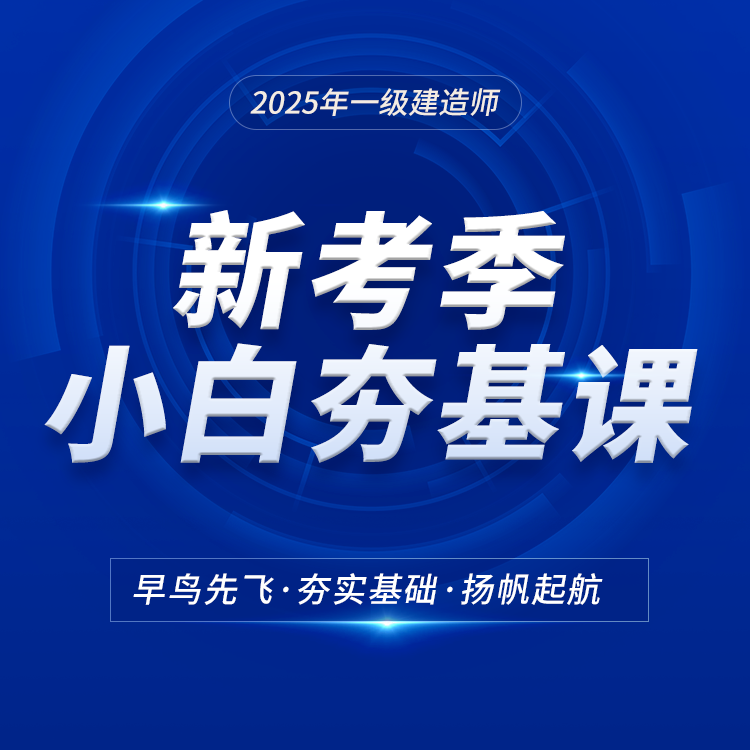【摘要】 托业网权威发布历年托福考试之阅读部分真题,更多历年托福考试之阅读部分真题相关信息请访问托业考试(TOEIC)网。Questions 20-22Many pre
托业网权威发布历年托福考试之阅读部分真题,更多历年托福考试之阅读部分真题相关信息请访问托业考试(TOEIC)网。Questions 20-22
Many prehistoric people subsisted as hunters and gatherers. Undoubtedly, game animals, including some very large species, provided major components of human diets. An important controversy centering on the question of human effects on prehistoric wildlife.
Line concerns the sudden disappearance of so many species of large animals at or near the end of the Pleistocene epoch. Most paleontologists suspect that abrupt changes in climate led to the mass extinctions. Others, however, have concluded that prehistoric people drove many of those species to extinction through overhunting. In their "Pleistocene overkill prehistoric peoples in North and South America and the time during which mammoths, giant ground sloths, the giant bison, and numerous other large mammals became extinct.
Perhaps the human species was driving others to extinction long before the dawn of history.
Hunter-gatherers may have contributed to Pleistocene extinctions in more indirect ways. Besides overhunting, at least three other kinds of effects have been suggested:
direct competition, imbalances between competing species of game animals, and early agricultural practices. Direct competition may have brought about the demise of large carnivores such as the saber-toothed cats. These animals simply may have been unable to compete with the increasingly sophisticated hunting skills of Pleistocene people. Human hunters could have caused imbalances among game animals, leading to the extinctions of species less able to compete. When other predators such as the gray wolf prey upon large mammals, they generally take high proportions of each year s crop of young. Some human hunters, in contrast, tend to take the various age-groups of large animals in proportion to their actual occurrence. If such hunters first competed with the larger predators and then replaced them. they may have allowed more young to survive each year, gradually increasing the populations of favored species As these populations expanded, they in turn may have competed with other game species for the same environmental niche, forcing the less hunted species into extinction. This theory, suggests that human hunters played an indirect role in Pleistocene extinctions by hunting one species more than another.
20. What does the passage mainly discuss?
(A) The effects of human activities on prehistoric wildlife
(B) The origins of the hunter-gatherer way of life
(C) The diets of large animals of the Pleistocene epoch
(D) The change in climate at the end of the Pleistocene epoch
21. The word "Undoubtedly" in line I is closest in meaning to
(A) occasionally
(B) unexpectedly
(C) previously
(D) certainly
22. The word "components" in line 2 is closest in meaning to
(A) parts
(B) problems
(C) changes
(D) varieties
